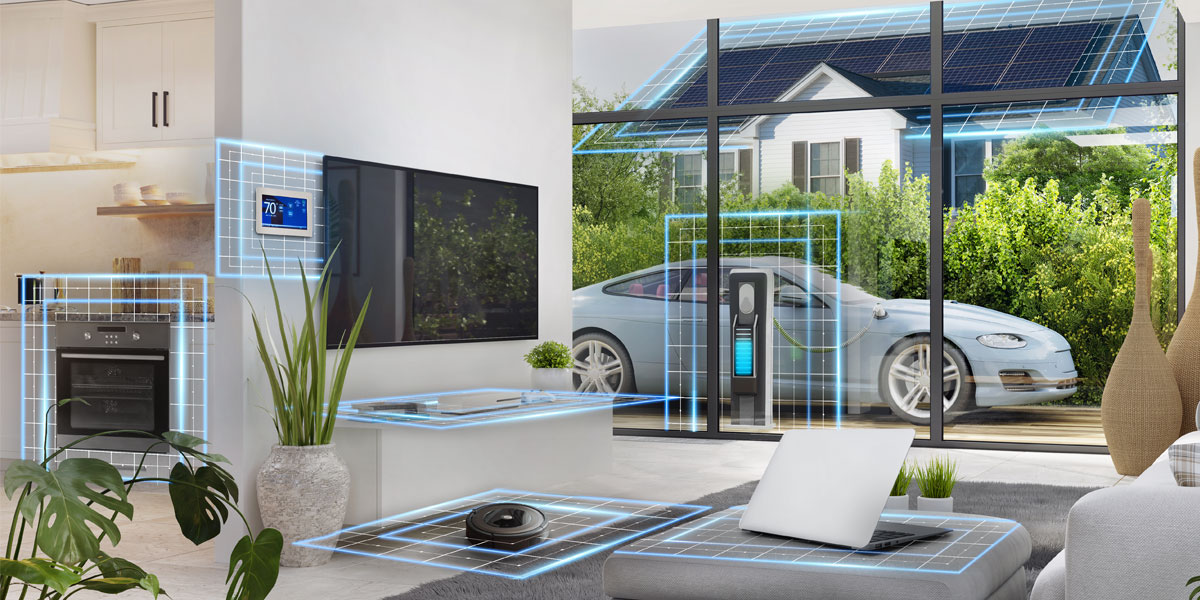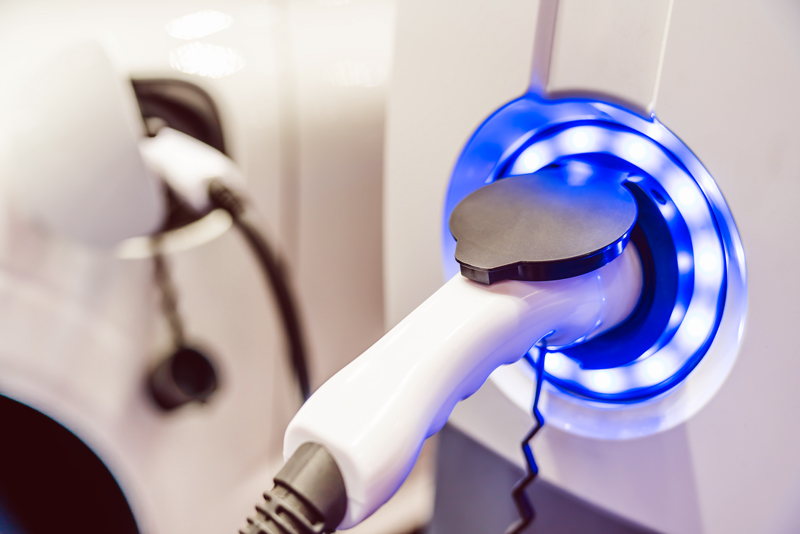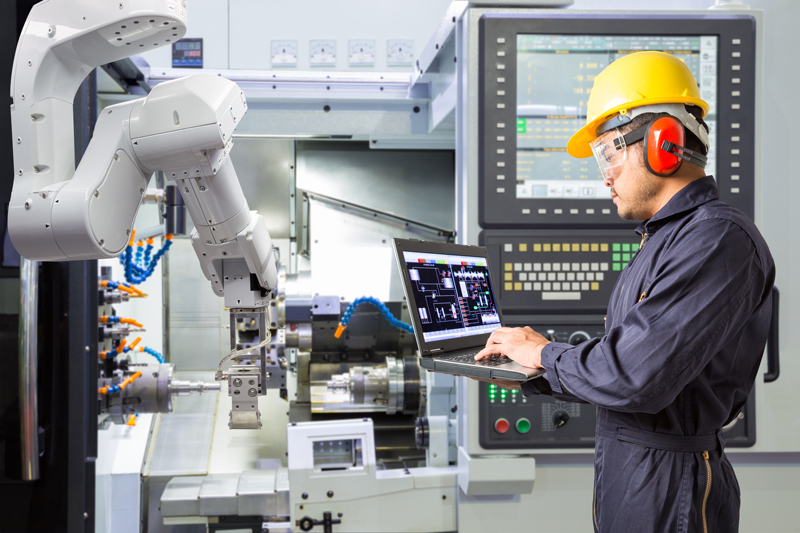Sensing the World More Accurately with Advanced Current Sensing Technology

Non-Isolated and Isolated Current Sensing
Key Current-Sensing Trends




Flexible Current-Sensing Solutions
High-side current measurements require a shunt resistor between the power rail and system load, a configuration that can eliminate ground disturbances. High-side current sensing can also detect load short-to-ground conditions.
TI offers many devices with high-voltage capabilities and high common-mode rejection ratios to accurately perform high-side measurements, including the INA700 40-V, 16-bit, I²C-output digital power monitor and the INA781 85-V, 20-bit, ultraprecise I²C-output digital power monitor, both of which have integrated shunt resistors.
In low-side current measurements, an amplifier monitors a shunt resistor connected between the load and ground. With this approach, the common-mode voltage is near zero, but the voltage drop across the shunt resistor appears as a difference between load ground and power-supply ground.
TI offers a range of amplifiers that enable accurate low-side sensing in cost-sensitive applications, including the TLV9052 dual, 5.5-V, 5-MHz, 15-V/μs slew-rate op amp and the OPA2387 ultra-high-precision, zero-drift, low-input-bias-current op amp.
High- and low-side current-sensing solutions may require isolation to meet safety standards and to accommodate high common-mode voltages. Isolation may also be required to minimize noise when the current sensor has a different ground plane from other system circuitry.
TI offers isolated amplifiers, isolated ADCs, and magnetic sensors for such applications, including the TMCS1123 precision Hall-effect current sensor with ±1,100-V reinforced isolation working voltage and the AMC1300B-Q1 automotive, ±250-mV input, precision current-sensing reinforced isolated amplifier.
Inline current sensing measures true inverter or motor phase currents to develop the feedback signals necessary to optimize closed-loop control. Applications for inline measurements often involve pulse-width-modulated (PWM) common-mode voltages, and the current-sense amplifiers for such applications must have a high common-mode rejection ratio (CMRR) or PWM rejection capabilities.
TI offers devices with both enhanced PWM rejection and high CMRR, including the INA241A -5-V to 110-V bidirectional ultraprecise current sense amplifier with enhanced PWM rejection.
Overcurrent protection enables fast detection of out-of-range or fault conditions. TI offers a portfolio of high-bandwidth and high-slew-rate high-speed op amps, instrumentation amplifiers, and comparators for implementing this safety feature, including the INA381 26-V, 350-kHz current-sense amplifier with integrated over-current comparator.
Why Choose TI for Current Sensing?
Additional Resources
An Engineer’s Guide to Current Sensing

A thorough understanding of the current-sensing design process can help you choose optimal devices for designing an accurate measurement circuit for cost-optimized applications that align best with your system’s requirements.

Few of the innovations you hear about in solar power arrays, electric-vehicle (EV) charging stations, or robotics would be possible if current-sensing technology was not reliable, accurate, and easy to implement.


Few of the innovations you hear about in solar power arrays, electric-vehicle (EV) charging stations, or robotics would be possible if current-sensing technology was not reliable, accurate, and easy to implement.




An Engineer’s Guide to Current Sensing

A thorough understanding of the current-sensing design process can help you choose optimal devices for designing an accurate measurement circuit for cost-optimized applications that align best with your system’s requirements.

An Engineer’s Guide to Current Sensing

A thorough understanding of the current-sensing design process can help you choose optimal devices for designing an accurate measurement circuit for cost-optimized applications that align best with your system’s requirements.

Few of the innovations you hear about in solar power arrays, electric-vehicle (EV) charging stations, or robotics would be possible if current-sensing technology was not reliable, accurate, and easy to implement.